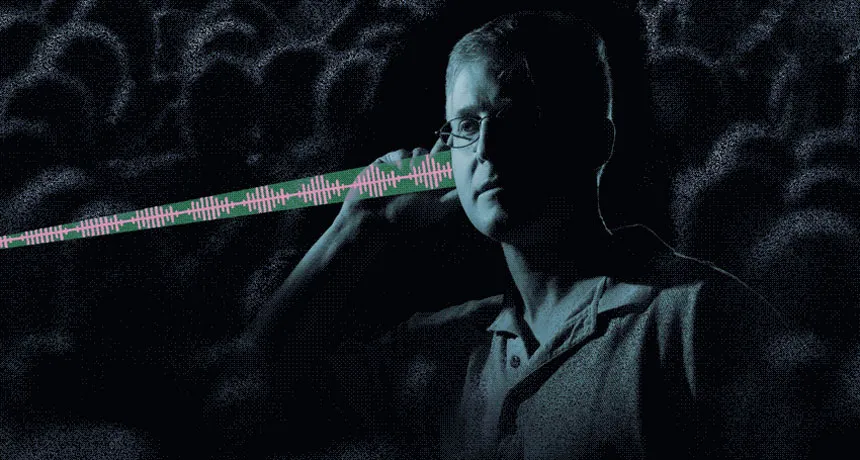
PLAY BY EAR Audible messages can be sent straight to a listener’s ear using a new laser technique (illustrated).
Lincoln Laboratory/MIT

PLAY BY EAR Audible messages can be sent straight to a listener’s ear using a new laser technique (illustrated).
Lincoln Laboratory/MIT